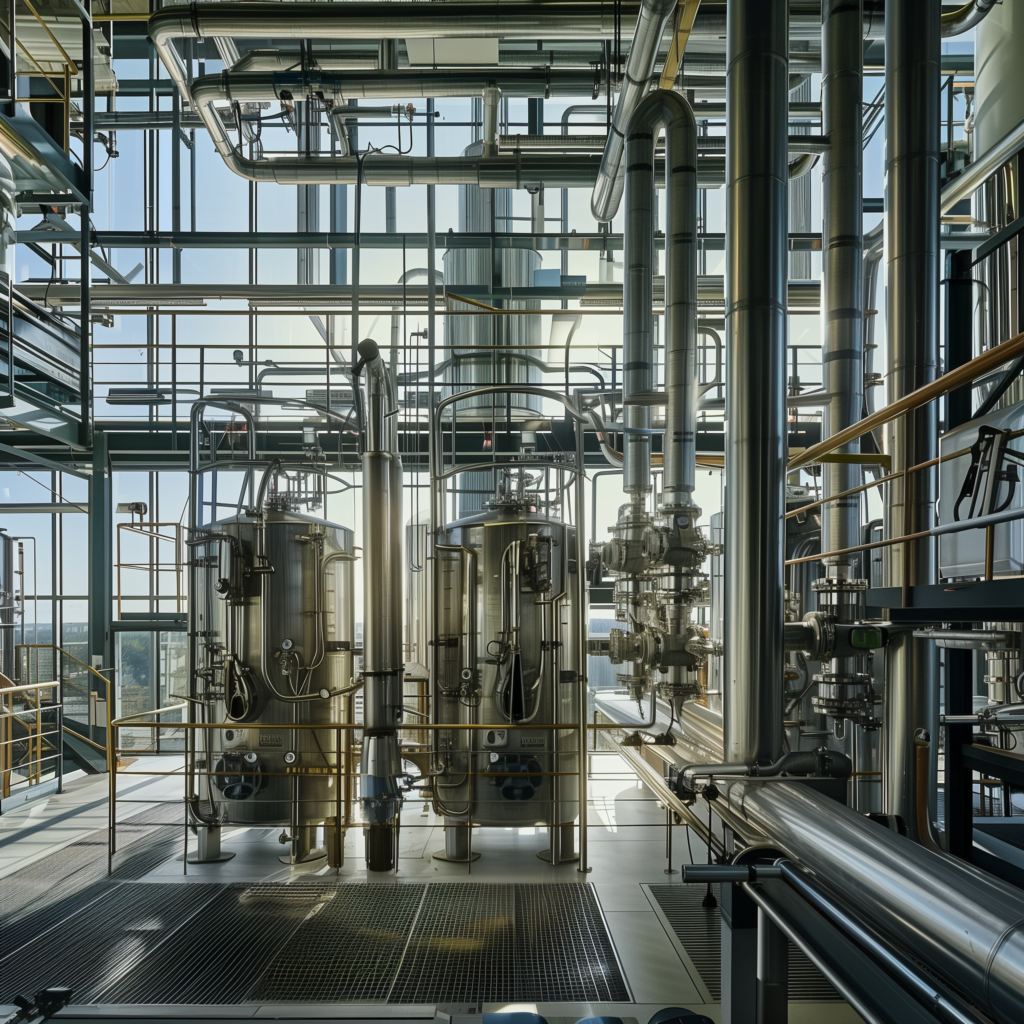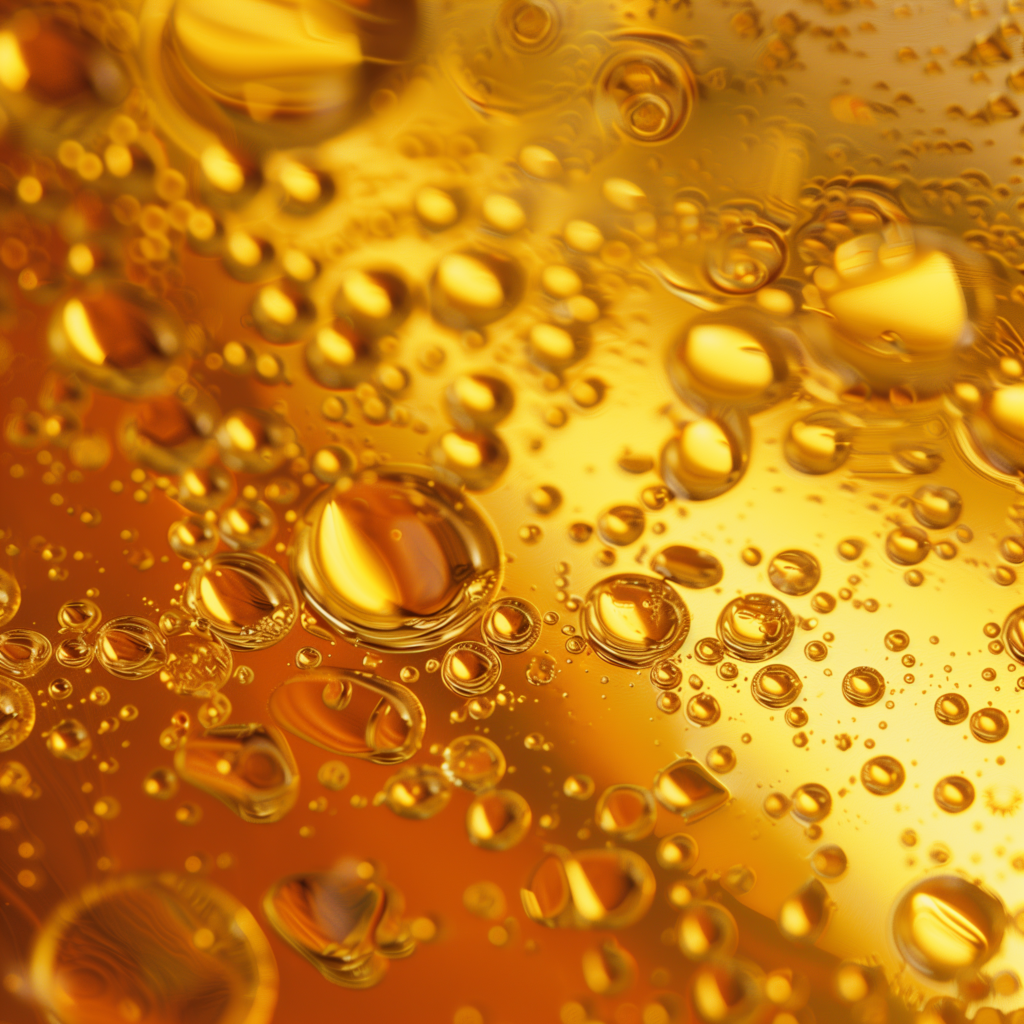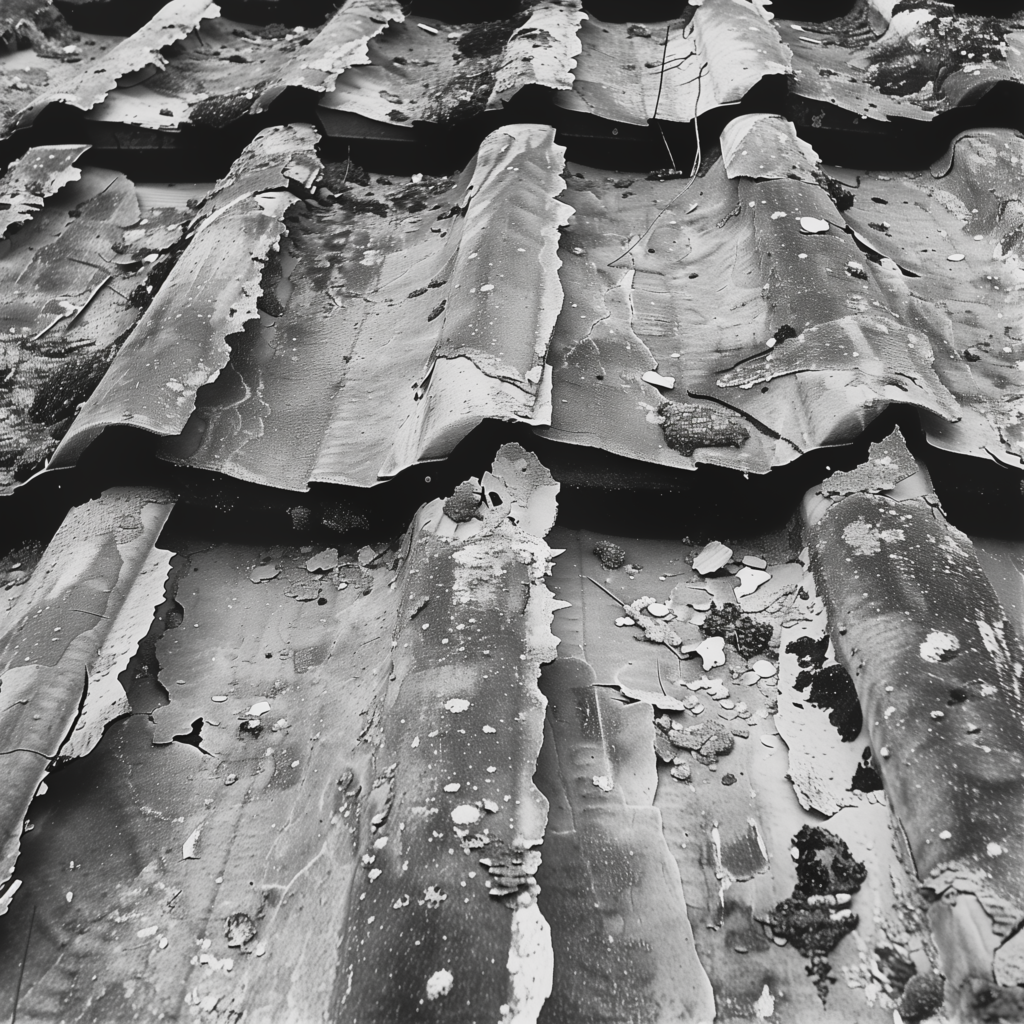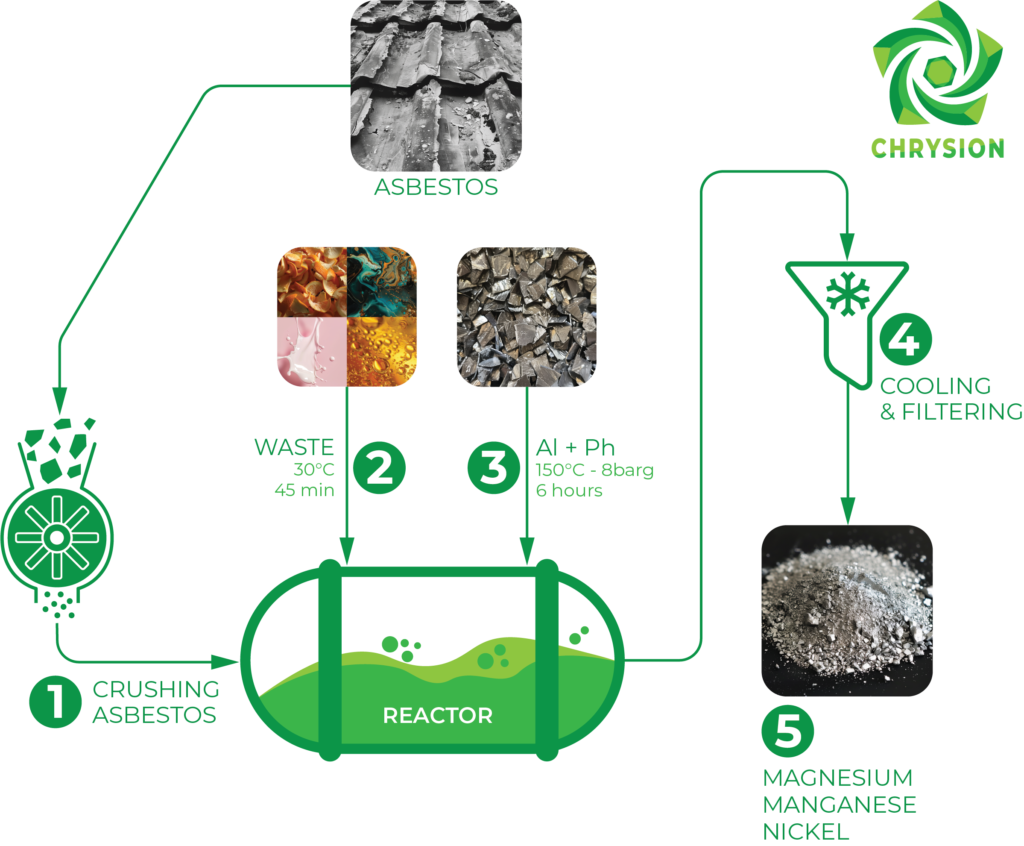LITHO – SMART CONCRETE FOR A SUSTAINABLE FUTURE
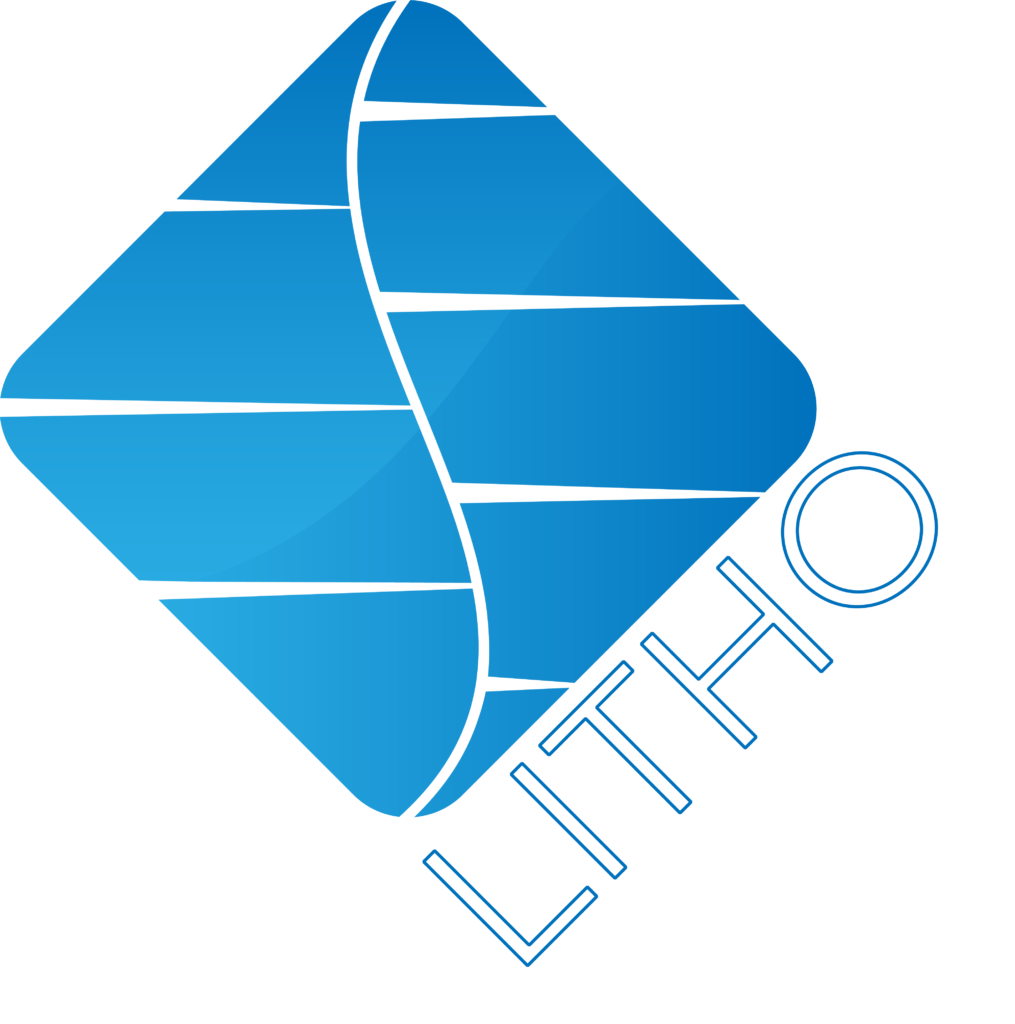
What is Litho?
Litho is a groundbreaking binder that ingeniously combines two types of rock and water to form a strong and eco-friendly concrete alternative. This innovative process requires no external energy input; in fact, it generates energy, resulting in zero CO2 emissions.
Litho represents a transformative advancement in the construction industry, offering a sustainable solution to traditional concrete.
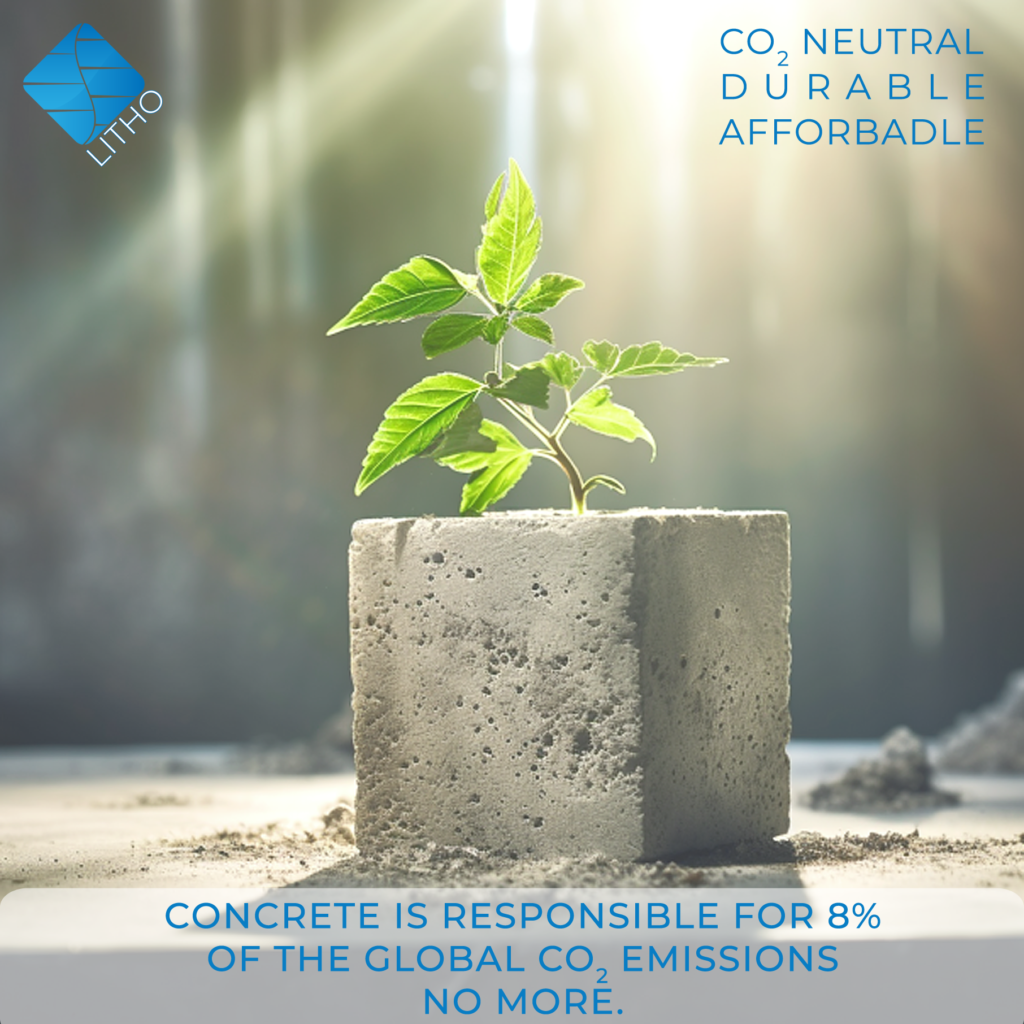
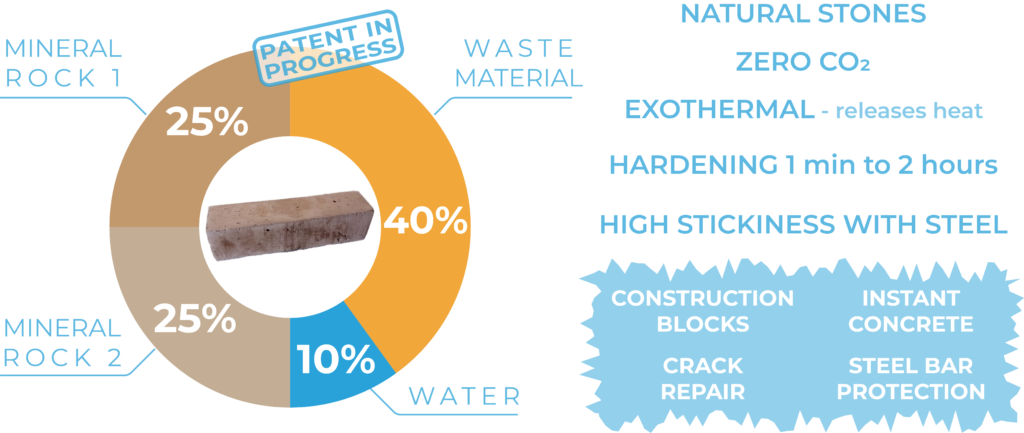
ZERO CO2 EMISSIONS
Litho’s production process is entirely environmentally friendly, ensuring zero carbon dioxide emissions, thus significantly reducing the carbon footprint of construction projects.
RECYCLED MATERISALS
Up to 40% of Litho’s composition can include recycled materials such as filter press sludge, mining waste, and wood waste. This feature not only minimizes waste but also enhances sustainability by repurposing otherwise discarded materials.
ENERGY EFFICICENT
The creation of Litho is both simple and efficient. By merely mixing two powders with water, the binder is ready in minutes, making the process quick and cost-effective. This efficiency translates to lower production costs and faster project completion.
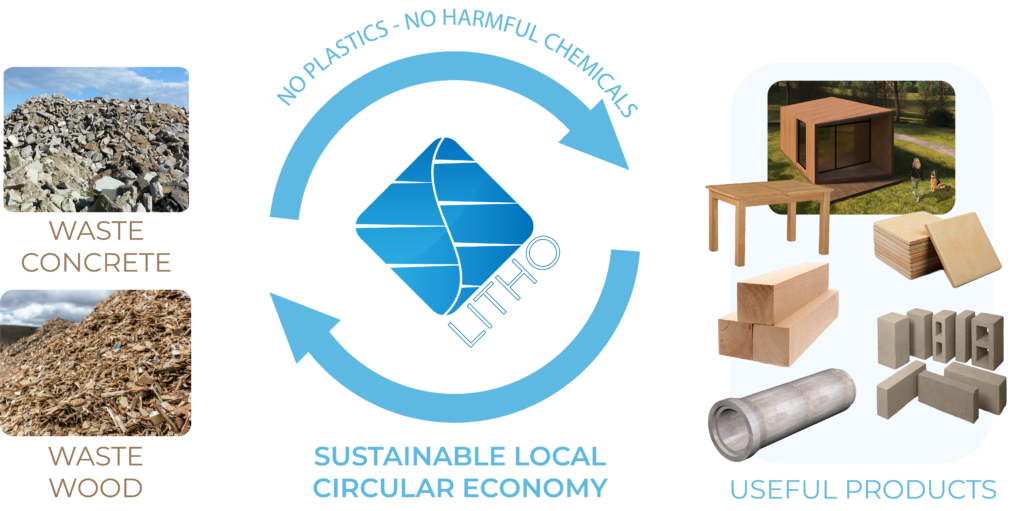
GREEN ECONOMY AT YOUR FINGERTIPS
Developed by Experts
Litho was developed by Prof. Norberto Roveri, a distinguished chemist renowned for his innovation in creating the globally successful Biorepair toothpaste.
Prof. Roveri’s expertise ensures that Litho is both scientifically sound and highly effective. The product has undergone rigorous testing at the University of Pavia, demonstrating its strength, durability, and reliability.
Sustainability at its Core
Litho is designed with sustainability at its heart. The binder aims to transform waste materials into valuable resources, promoting a circular economy and significantly reducing environmental impact. By incorporating recycled materials and ensuring zero emissions, Litho sets a new benchmark for sustainable construction materials.
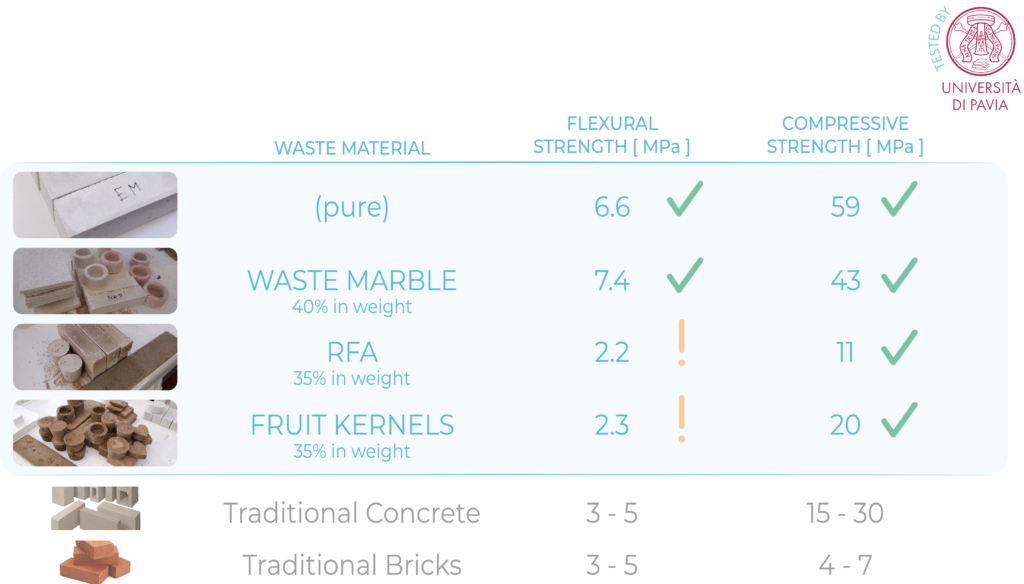
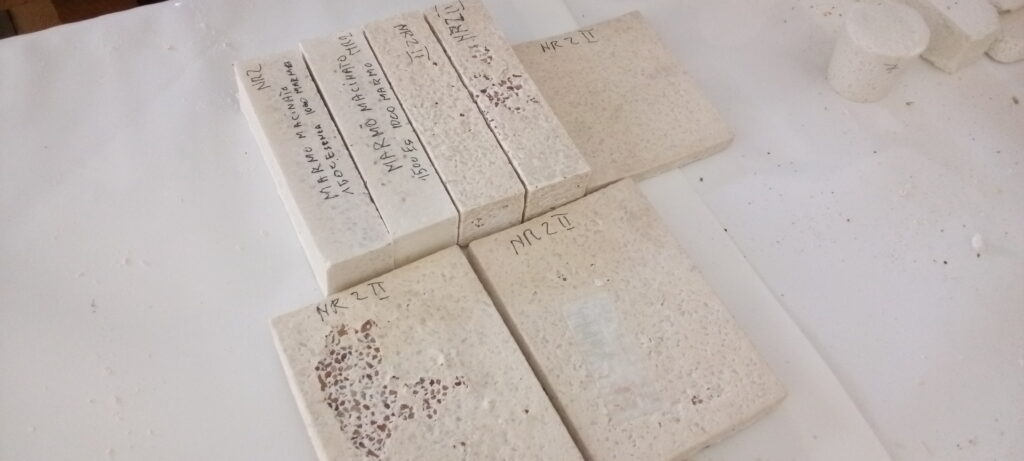

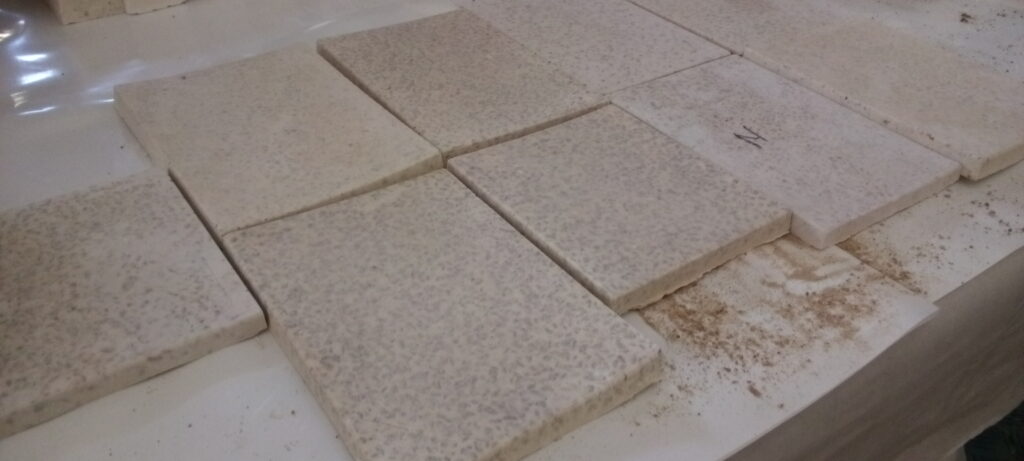
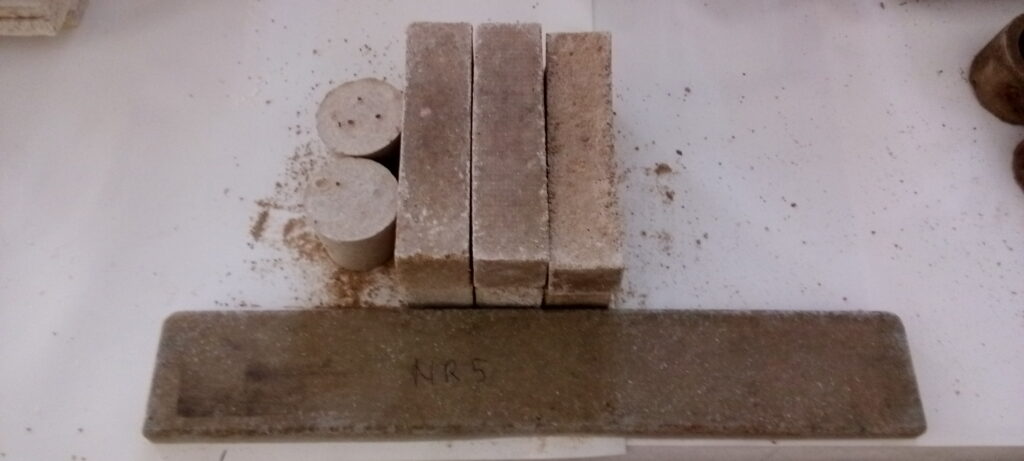
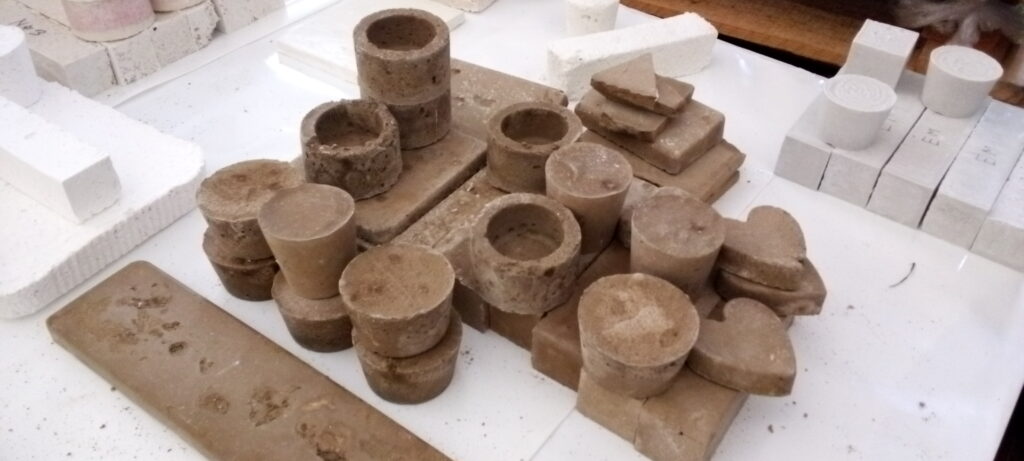
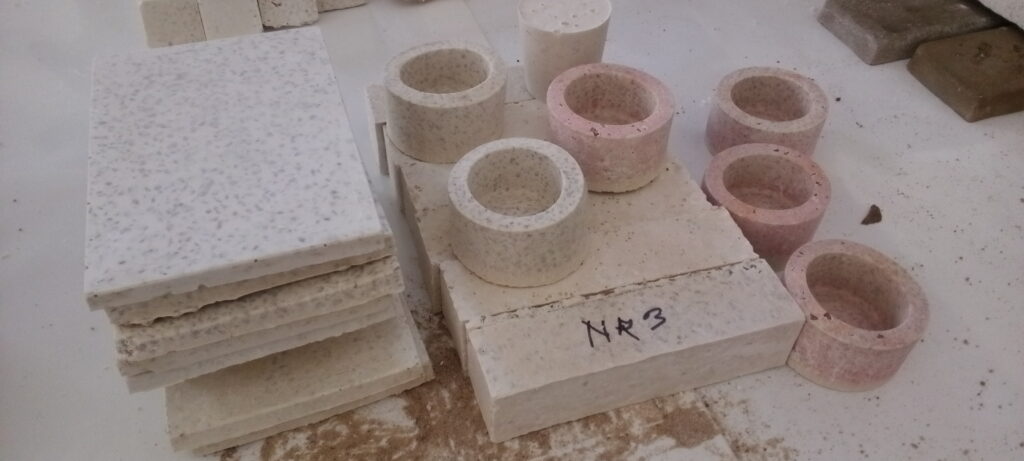
APPLICATIONS
Litho’s smart concrete binder is versatile and ideal for a wide range of construction applications, including:
- Instant Concrete: Ready to use in minutes, ideal for quick construction needs.
- Construction Blocks: Strong and durable blocks for building structures.
- Crack Repair: Efficient and effective solution for repairing cracks in existing structures.
- Steel Bar Protection: High adhesion to steel, providing excellent protection for reinforced concrete applications.
Additionally, Litho offers consulting services to assist clients in adopting sustainable construction practices, ensuring that projects are both environmentally friendly and economically viable.
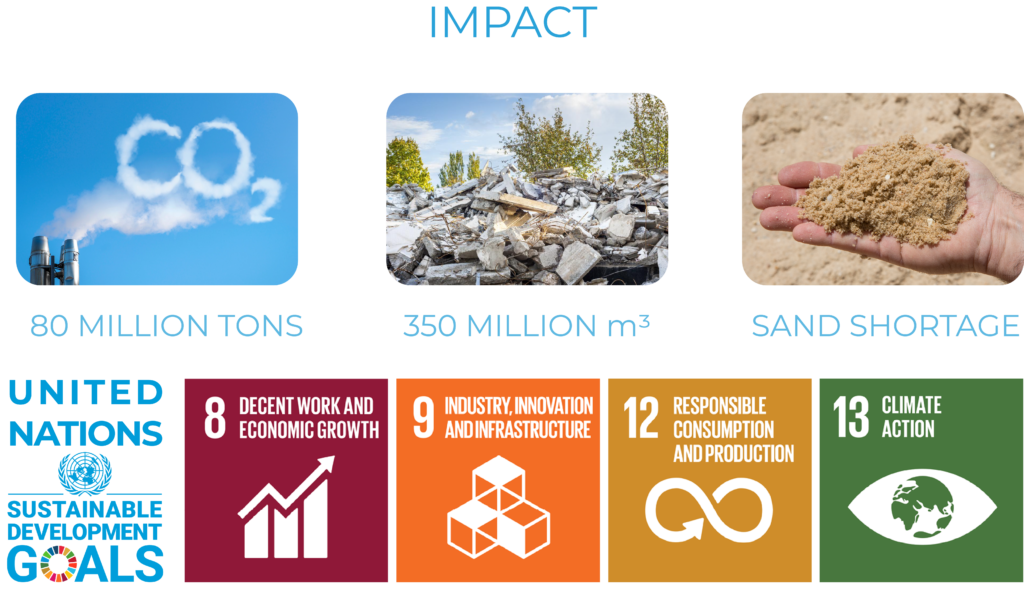
ECONOMIC & ENVIRONMENTAL BENEFITS
Litho not only provides significant environmental benefits by reducing waste and emissions but also offers substantial economic advantages.
The use of recycled materials lowers production costs, while the energy-efficient process translates to faster project completions and lower overall expenses.
These benefits position Litho to capture a significant share of the construction materials market, aligning with global sustainability goals and the increasing demand for green building solutions.



